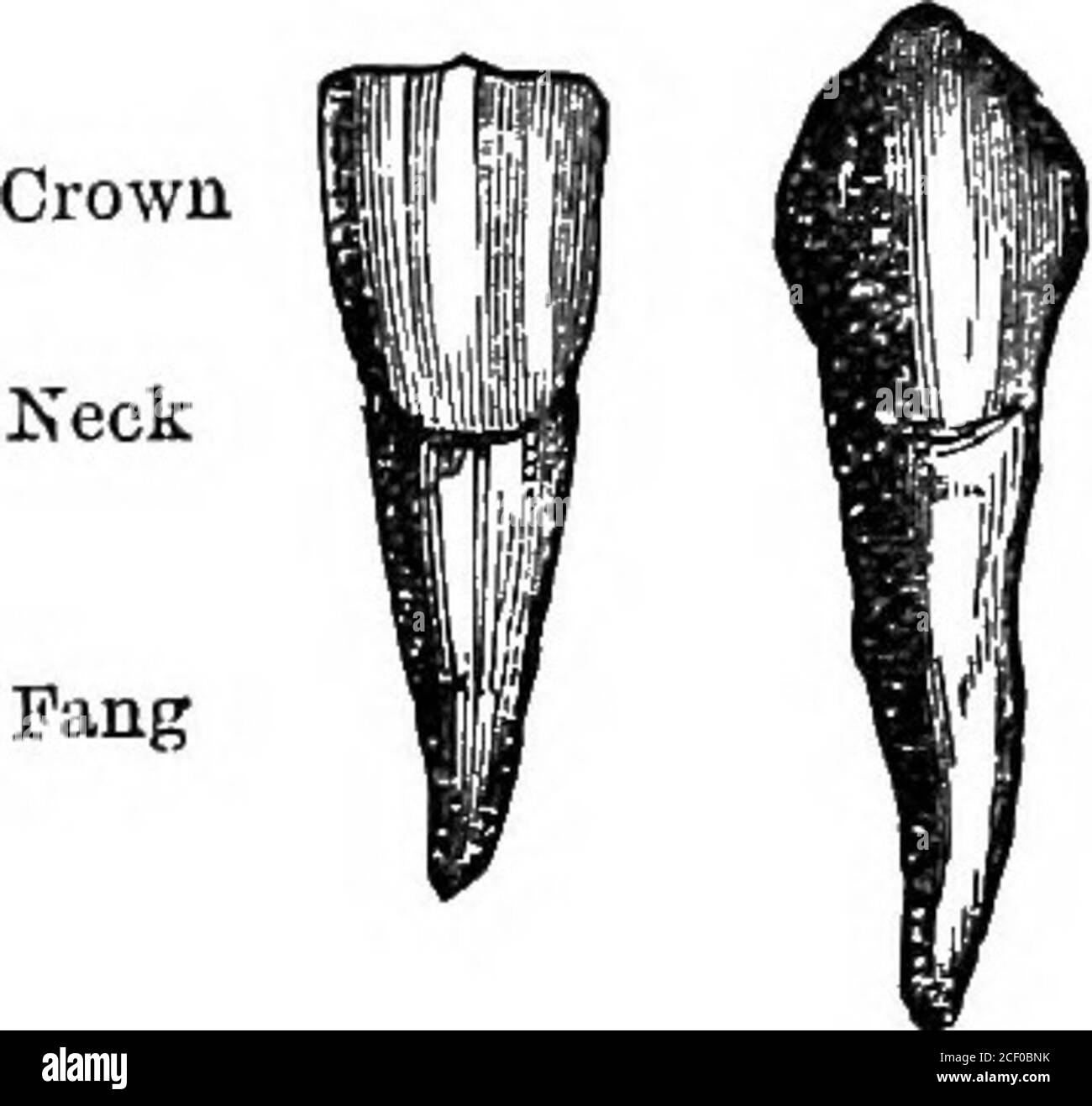
Apply Now


Effective Ways to Feed House Centipedes for Better Growth
Understanding House Centipede Diet and Food Habits
House centipedes, often found in homes due to their preference for damp environments, possess unique dietary habits that play a crucial role in their growth and survival. Primarily insectivorous, these agile predators consume a wide array of household pests which, in turn, aids in maintaining ecological balance within their habitats. By understanding the house centipede diet, we can better appreciate their role in both nature and domestic spaces. When exploring what house centipedes eat, it is essential to note that their diet primarily consists of insects such as spiders, silverfish, and small flies. This varied menu allows them to adapt to changing conditions in their environments. For adults, a robust appetite is necessary as their growth relies heavily on adequate food sources, which also includes occasionally consuming smaller centipedes of the same species. Seasonal changes often impact the types of insects available for consumption, making it essential for house centipedes to adapt their hunting strategies accordingly. Their nocturnal behavior ensures they hunt during prime insect activity hours, particularly in humid areas where their prey is prevalent. Understanding house centipede eating patterns strengthens their role in pest management in urban settings. By controlling the population of common household pests, these creatures contribute significantly to ecological health and human environments.Nutritional Needs of House Centipedes
The dietary needs of house centipedes extend beyond mere sustenance; they require specific nutrients crucial for their growth and reproductive success. A nutritionally balanced diet ensures that they can thrive and develop properly. The consumption of various insect species contributes to this nutritional profile, as these insects are a source of essential proteins, fats, and vitamins. House centipedes exhibit particular dietary preferences when selecting prey, often opting for softer-bodied insects. Their choice impacts not only their growth but also the population dynamics of pest control. The importance of insects in the house centipede diet enhances their role as natural pest controllers, highlighting their ecological significance. When considering the nutritional intake of house centipedes, it's clear that providing access to diverse food sources can lead to more robust and healthier specimens. For example, a diet rich in protein can enhance their mating success and overall vitality, making careful attention to what they are fed crucial for their longevity.House Centipede Feeding Behaviors
House centipedes showcase fascinating feeding behaviors that are vital for their survival. Their predatory skills include swift agility, which enables them to capture prey efficiently. House centipedes utilize their long, sensitive antennae to detect the movement of potential food sources in their environment. This hunting strategy is crucial, especially in cluttered spaces where prey may hide. Moreover, the ability of house centipedes to adapt their hunting strategies according to their surroundings significantly impacts their feeding success. By understanding how house centipedes catch food, one can appreciate the intricate relationship between diet and habitat. Factors like humidity and the presence of sheltering debris can influence their feeding behavior, as these conditions are favorable for both centipedes and their prey. Their method of consuming food typically involves immobilizing prey with venomous bites, which contains enzymes that help to digest the insect before ingestion. This aspect of house centipede biology illustrates the necessary adaptations they have developed over time to enhance their predatory efficiency. Understanding these behaviors not only sheds light on the life of house centipedes but also highlights their critical role in household pest control.Impact of Diet on House Centipedes
The impact of diet on house centipedes extends to their growth, reproductive capabilities, and overall longevity. A diverse and nutrient-rich diet can substantially enhance their survival rate and resilience against environmental stresses. When house centipedes have access to a well-balanced array of insect prey, they are better equipped to thrive within their ecological niche. Moreover, the relationship between diet and reproduction in centipedes is vital to maintaining healthy populations. Studies indicate that a stable food source directly correlates with successful mating and egg production rates. This dynamic is particularly relevant in urban environments where house centipedes may struggle to find adequate food. Additionally, understanding the relationship between house centipedes and their prey selection can inform pest management strategies. By controlling insect populations in homes—targeting foods that attract pests—house centipedes can be supported in maintaining ecological balance. In return, this minimizes reliance on chemical pest control methods, promoting sustainable approaches to managing household pests.House Centipedes in Ecosystem and Pest Management
House centipedes play a vital role in pest management, acting as natural predators of common household pests. Their presence can significantly reduce populations of undesirable insects, contributing positively to the ecosystem within homes. As biological control agents, house centipedes help manage pest dynamics without the need for chemical interventions, which can be harmful to health and the environment. The ecological benefits of centipedes also extend to maintaining biodiversity and healthy ecosystems. By controlling the populations of various insects, house centipedes help prevent outbreaks of pests that can cause significant damage to structures and stored products. Moreover, their predatory habits offer insight into the effective strategies for pest control. Integrating knowledge of house centipede dietary preferences and habitat requirements into broader pest management practices can lead to more effective and sustainable outcomes. Educating homeowners about the benefits of house centipedes in homes can promote a greater appreciation for these creatures and encourage the development of environments supportive of their populations.Top Food Sources for House Centipedes
Common Insects in House Centipede Diet
House centipedes have a diverse collection of prey, primarily relying on specific insects to fulfill their dietary needs. Common insects that house centipedes consume include spiders, silverfish, and various small flies. These insects provide essential nutrients necessary for the growth and health of the centipedes. The presence of these insects in homes plays a crucial role in attracting house centipedes, which are naturally drawn to environments where their preferred food sources thrive. Saccharine or decaying organic materials can often be hotspots for these insects, creating a beneficial hunting ground for centipedes. Understanding the variety of insects consumed by house centipedes can aid in managing pest populations effectively. For instance, emphasizing the role of house centipedes in controlling populations of destructive insects such as cockroaches can help homeowners acknowledge their importance in natural pest management strategies without the need for pesticides. Moreover, identifying common insect species in household areas opens pathways for targeted preventive measures. By reducing conditions conducive to insect infestations, homeowners can create healthier living environments supported by beneficial predators like house centipedes.House Centipede Predation Techniques
House centipedes employ sophisticated predation techniques that enhance their success in capturing prey. Utilizing their speed and agility, these centipedes can ambush unsuspecting insects with remarkable efficiency. Their capacity to detect vibrations in the environment allows them to pinpoint the exact location of potential food, making them effective hunters even in dark or cluttered spaces. In addition to their swift movements, house centipedes rely on venomous bites to immobilize and digest their prey. This hunting strategy not only facilitates feeding but also enhances their ability to thrive in environments where other predators may struggle. This relationship underscores the significance of understanding how house centipedes catch food, especially for pest control strategies in homes. Moreover, the predation behaviors of house centipedes can offer insights into their adaptability within varying environments. By examining dietary habits and the types of insects they prefer, it becomes evident that their success is closely tied to their ability to adjust to changing ecosystems. This adaptability not only promotes healthy house centipede populations but also helps maintain balance in pest ecosystems.Understanding Centipede Food Preferences
House centipedes exhibit distinct preferences when selecting food, influenced by several factors, including their environment and the availability of prey. These preferences impact their growth and reproductive success, making it essential to understand what attracts house centipedes to specific food sources. Typically, house centipedes prefer softer-bodied insects, which are easier to capture and consume. This preference aligns with their hunting adaptations, allowing them to maximize their energy expenditure while ensuring nutritional adequacy. Additionally, environmental conditions, such as humidity and shelter availability, can influence their prey selection. It is important to note that variations in food availability impact centipede populations and their foraging behaviors. As a result, maintaining an environment that supports a diverse insect population can help sustain healthy house centipede numbers while effectively controlling pest populations. Promoting attractive habitats for centipedes contributes to their role as biological control agents. Through understanding their dietary habits and preferences, we can better develop strategies that foster both house centipede populations and pest management efforts.House Centipede Hunting Strategies
Behavioral Analysis of House Centipede Eating Patterns
Exploring the behavioral analysis of house centipedes offers profound insights into their eating patterns. Their nocturnal nature allows them to capitalize on the increased activity of prey during the night. As skilled hunters, they can cover considerable ground, stealthily moving across floors, walls, and ceilings to locate their next meal. Hunting strategies employed by house centipedes include ambush and pursuit tactics. With the ability to detect sound and vibrations, they can anticipate the movements of prey, positioning themselves strategically for an effective attack. This intelligence in hunting behavior plays a vital role in their diet, ensuring they capture enough food to thrive. In addition to their acute senses, house centipedes maximize their hunting efficiency by employing their characteristic speed. Their rapid movements can surprise prey, often catching them off guard, leading to successful captures. These behaviors collectively enhance their foraging success and contribute to their survival. Careful observation of house centipede feeding behavior can provide valuable data for pest control strategies in residential settings. By designing environments that support the natural behaviors of house centipedes, effective pest management can be achieved.Seasonal Variations in House Centipede Diet
Seasonal changes profoundly influence the dietary patterns of house centipedes. During warmer months, when insect populations are at their peak, house centipedes can access a broader range of prey, contributing to more robust growth and vitality. Conversely, in the colder months, food sources may become scarce, leading to increased competition for available insects. Understanding the seasonal diet of house centipedes assists in realizing their adaptability within varying environments. As they change their foraging habits to align with available resources, one can appreciate the ecological role they play in managing household pest populations throughout the year. Adapting their hunting techniques according to the season further allows house centipedes to maximize their feeding efficiency, ensuring they receive necessary nutrients even when food is limited. This behavioral adaptation highlights the delicate balance between house centipedes, their prey, and their environment. Promoting habitats conducive to the seasonal diets of house centipedes can enhance their populations. By creating environments that support increased insect activity, homeowners can sustainably manage pest populations while benefiting from the natural predation offered by these fascinating creatures.Q & A: Addressing Common Concerns About House Centipede Diet
What do house centipedes eat?
House centipedes primarily consume soft-bodied insects such as spiders, silverfish, and small flies. These insects provide the essential nutrients necessary for the growth and health of house centipedes.How does the diet of house centipedes affect their growth?
A varied and nutrient-rich diet positively impacts the growth and reproductive capabilities of house centipedes. Access to diverse food sources enhances their vitality and overall survivability.Why are house centipedes important in pest control?
House centipedes play a vital role in controlling the populations of common household pests. Their predatory habits contribute to maintaining ecological balance within homes, reducing reliance on chemical pest control strategies.
How do environmental factors influence house centipede diet?
Environmental factors, such as humidity and food availability, significantly impact the diet of house centipedes. These factors determine their prey selection and overall feeding behaviors, allowing them to adapt to their surroundings.What attracts house centipedes to food?
House centipedes are attracted to food sources primarily based on the abundance of soft-bodied insects and environmental conditions that favor insect activity. The presence of moisture and shelter enhances their foraging success.